[Aug.2017] Book Presentation by Dr. Ying Zhou 周颖博士《城中之隙》新书发布会
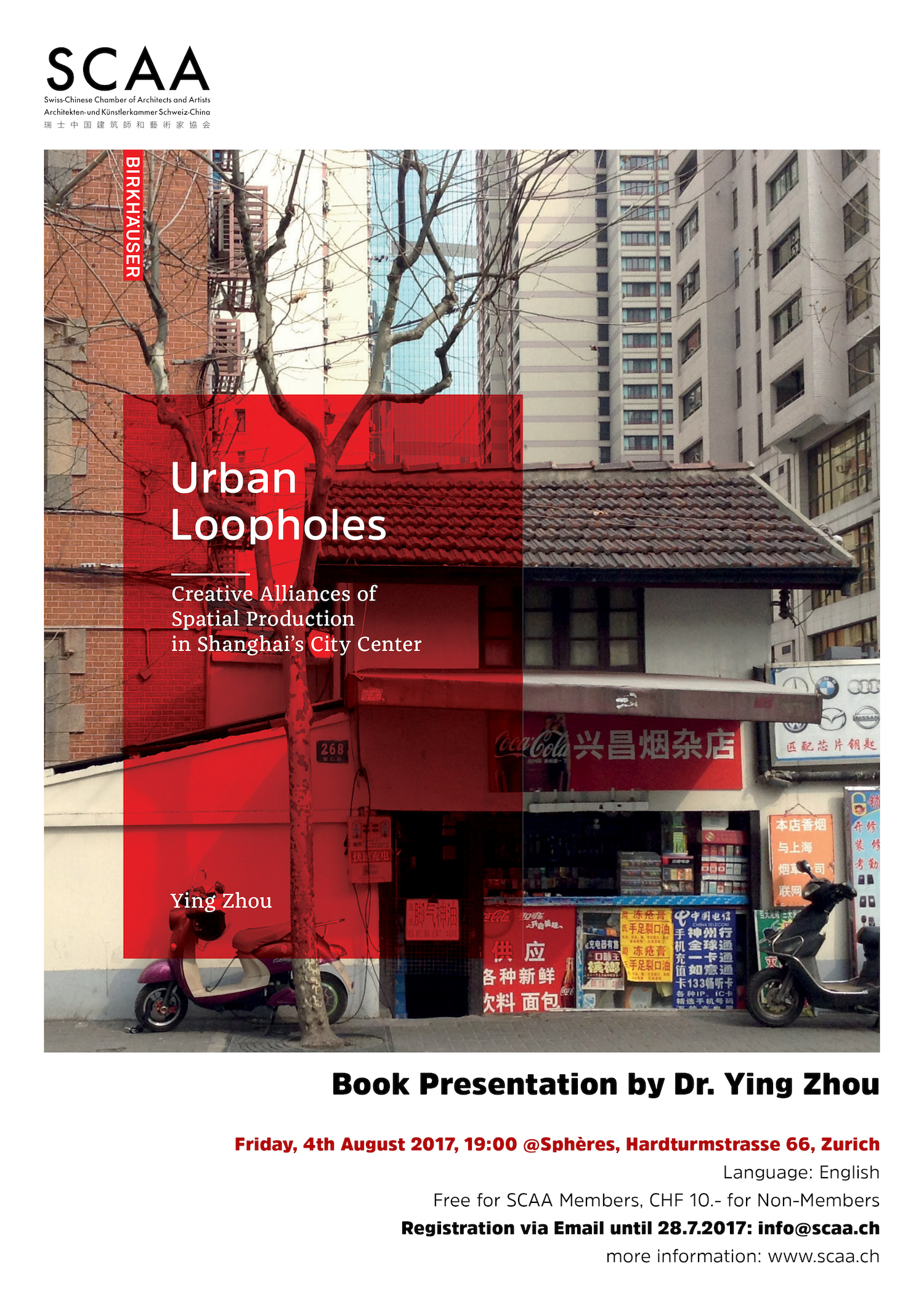
<Urban Loopholes>
– Creative Alliances for Spatial Production in Shanghai’s City Center
Author: Dr. Ying Zhou, Assistant Professor at Department of Architecture, HKU
Time: Friday, 4 August 2017, 19:00
Venue: Sphères, Hardturmstrasse 66, 8005 Zurich
Language: English
Moderator: Nils Havelka, vice president SCAA
Photography: Ruizhe Liang
《城中之隙》
– 上海城市中心地带空间发展中的创意性合作
作者:周颖博士,香港大学建筑学院助理教授
时间:星期五 2017年8月4日, 19:00
地点:苏黎世 Sphères 书店,Hardturmstrasse 66
语言:英语
主持人:Nils Havelka, SCAA副主席
摄影:梁睿哲

Dr. Ying Zhou, is currently assistant professor at the University of Hong Kong (HKU)’s Department of Architecture. Her research interest on the relationship of contemporary urban developments and the growth of cultural industries and new economies in East Asian cities, global linkages and architectural knowledge exchanges developed from her work with the chair of Kees Christiaanse at the Future Cities Lab of the Singapore-ETH Centre and with the chair of Herzog & de Meuron at the ETH Studio Basel. Born in Shanghai,Ying holds a B.S.E. in Architecture and Engineering from Princeton, a M.Arch. from the Graduate School of Design at Harvard, a Ph.D. from the ETH, and was a Fulbright fellow at the University of Stuttgart. She has practiced and taught in New York, Shanghai, Detroit, Boston, Basel and Hong Kong.
周颖博士目前是香港大学建筑系助理教授。她的研究集中在当代城市发展及东亚城市文化产业与新兴经济体,全球联系和建筑知识交流。她的研究来源于她所曾的在新加坡-苏黎世工大未来城市实验室Kees Christiaanse教席及苏黎世工大巴塞尔工作室Herzog & de Meuron教席的工作。周颖生于上海,拥有普林斯顿建筑与工程学院本科学位,哈佛大学设计研究生院硕士学位,苏黎世工大博士学位,也曾是在斯图加特大学的富布莱特奖国际访问学者。她曾在纽约、上海、底特律、波士顿、巴塞尔和香港从事实践和教学工作。
Outline of key themes for Book Presentation
新书发布会主题纲要
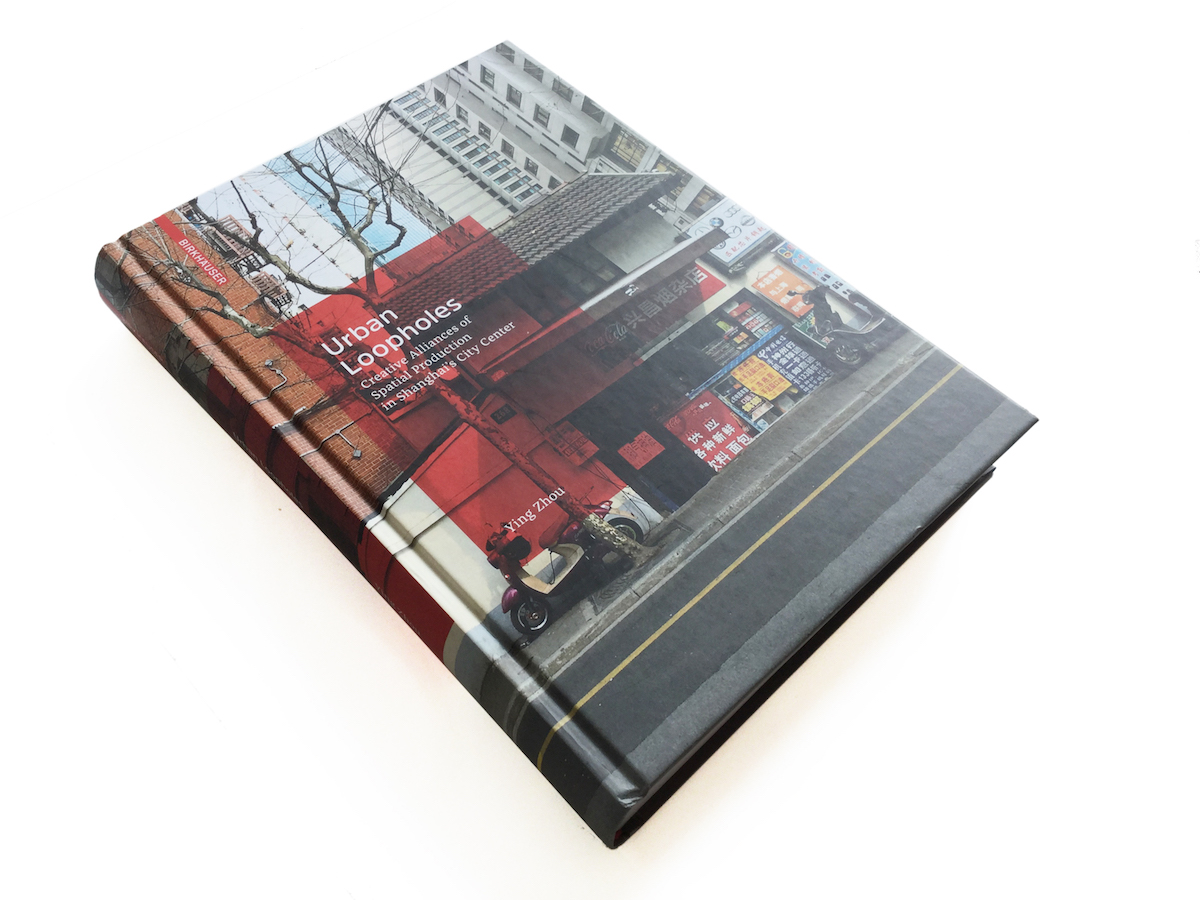
1. Can you talk about the ‘urban loophole,’ which is the title of your book?
-
- urban loophole is the theoretical framework, a red thread through the book
- the concept of the urban loophole makes it possible to understand how, for example, rapid global reconnection under China’s transition economy, as what political scientists have called the “Black Swan” is possible
- at the same time it is also a broader framework to understand rapidly developing and transitioning political economies
- specificity to the discipline of architecture and urbanism (not sociology or political science)
1. 你能谈谈书的标题“城中之隙”吗?
-
-
- 城中之隙是一个理论框架,也是贯穿本书的一条红线。
- 在中国经济快速转型的背景下,提出城中之隙的概念可以让我们理解中国怎么会在它的转型经济背景下这样快速地与全球连结,就像政治学家所说的“黑天鹅”是怎么会发生的。
- 同时这也是一个更广泛的框架,以了解快速发展和转型的政治经济。
- 研究视角和理论框架属于建筑和城市规划学科(非社会或政治学)。
-
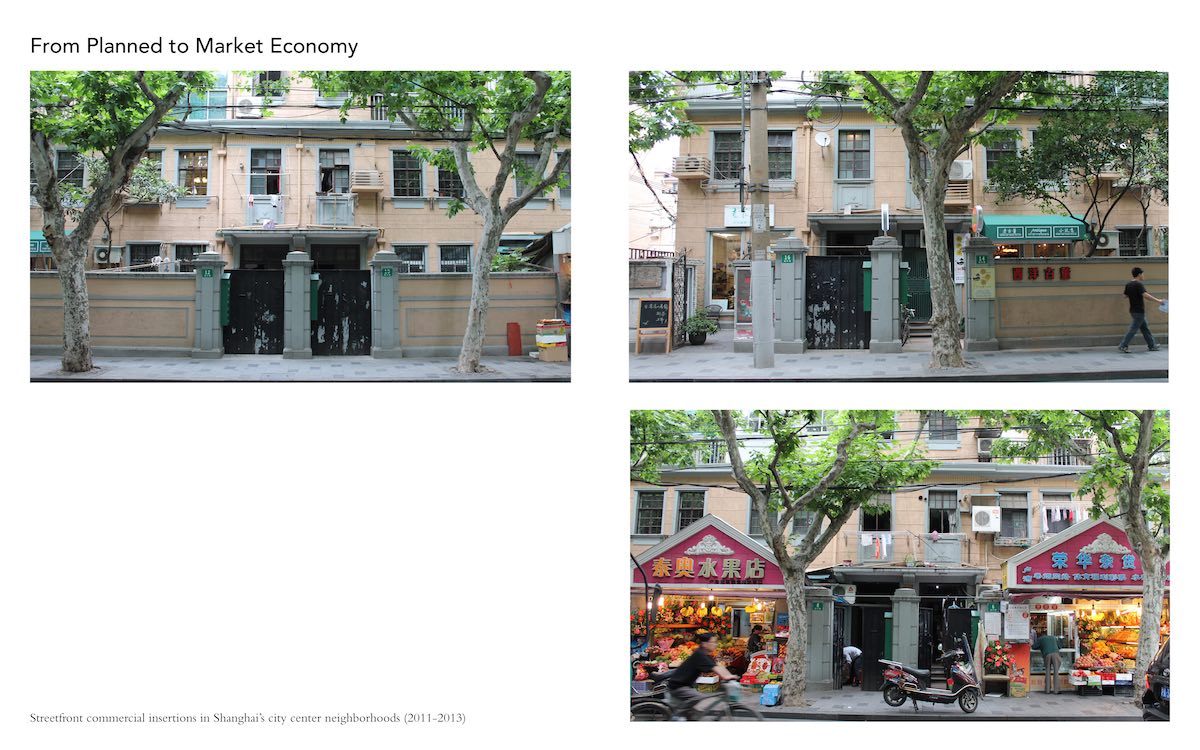
2. “Creative alliances” – also part of the title, what do you mean by this?
- some in China who saw the title thought that it is an official term – it is not
- it denotes actors on the ground, both top-down and bottom-up
- network or constellations of actors, not masterplanned, who have come together and have facilitated rapid economic transition
2. “创意性的合作”也是标题的一部分,这如何理解呢?
- 许多国内的朋友看到此标题后认为这是一个官方术语,但这其实不是。
- 它意味着基层的参与者合作,不仅是自上而下,而且也是自下而上的。
- 参与者的合作,并非统筹规划,而是随机的聚在一起并推动了快速的转变。

3. ‘gentrification with Chinese characteristics’ forms the second section of the book, what makes it unique?
- ‘gentrification’ is a phenomenon observed and theorized in the developedeconomies of the West, notably UK and US starting in the 1960s; it has to do with economic transition to post-industrial service-based creative economy; it has to do with suburbanization and subsequent return of of ‘yuppies’ to city centres’; but it is very much based on political economies that are market economies (capitalist) and politically liberal
- the “Chinese characteristics” takes from what David Harvey calls ‘neoliberalism with Chinese characteristics’
- so the term is a way about planned and market economy (globalization)
3. “中国特色的贵族化”形成了本书的第二部分,是什么使它独一无二?
- “贵族化”现象是西方发达经济体中被观察到的并被理论化的,特别发生在1960年代初的英国和美国。这和经济过渡到后工业服务型创意经济有关。它与郊区化和随后的“雅痞”重返城市中心有关。但它非常依赖于市场经济(资本主义)和政治自由主义的政治经济形态。
- “中国特色”可追溯自大卫·哈维(David Harvey)的‘具有中国特色的新自由主义’ 。
- 所以这个术语是关于计划和市场经济(全球化)的表达。
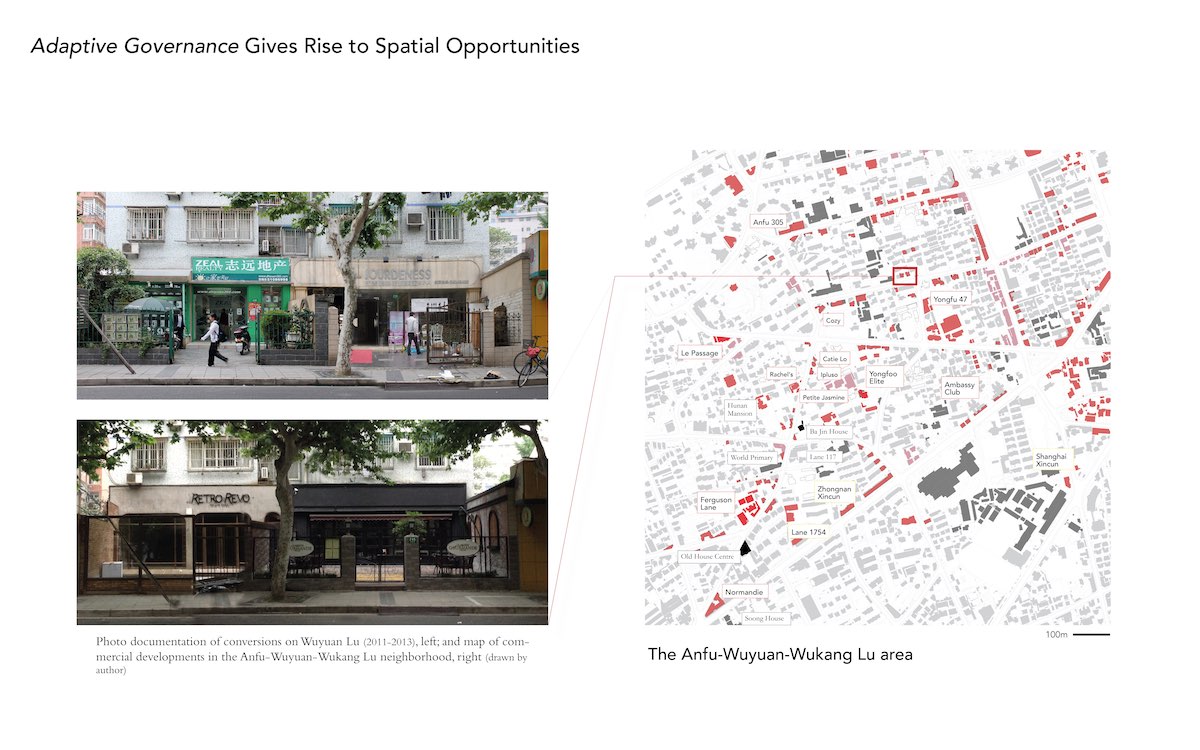
4. The book also takes on topics about heritage conservation, creative industries, contemporary art and posits them as ‘urban alibis’ what do you mean by this and their relationship to these topics?
- all are in ways “fashionable” topics appropriated from the West (evident in the white papers about them)
- for example, “creative industries” is a viable way for reusing the specific condition of administratively-allocated land, which are planned economy elements in market economy, in China’s transition economy;
- but to many Western researchers who do not under China’s transition economy, the “creative” becomes the branding that distracts from the real impetus for its existence;
- conversely, the “creative” is also the alibi by which it gets implemented
- this also goes for “heritage conservation” and “cultural industries” including contemporary art
4. 这本书还介绍了文化遗产保护,创意产业,当代艺术等方面的主题,并将其定义为“城市借口”,这如何理解呢,以及它们与这些话题的关系?
- 所有这些都是来源于西方被运用的“时髦”话题(在关于他们的白皮书中十分明显)
- 例如“创意产业”是重新利用土地的可行途径,这些土地往往是在计划经济背景下通过行政手段所分配的,在中国经济转型的过程中,它们是市场经济中的计划经济的元素。
- 但对许多不了解中国转型经济语境的西方研究者而言,“创意”成为品牌,反而影响了人们了解其为了生存的真正动力;
- 与之相反,“创意”也成为在执行过程中的借口。
- 同样的情况也发生在“遗产保护”和“文化产业”,包括当代艺术。
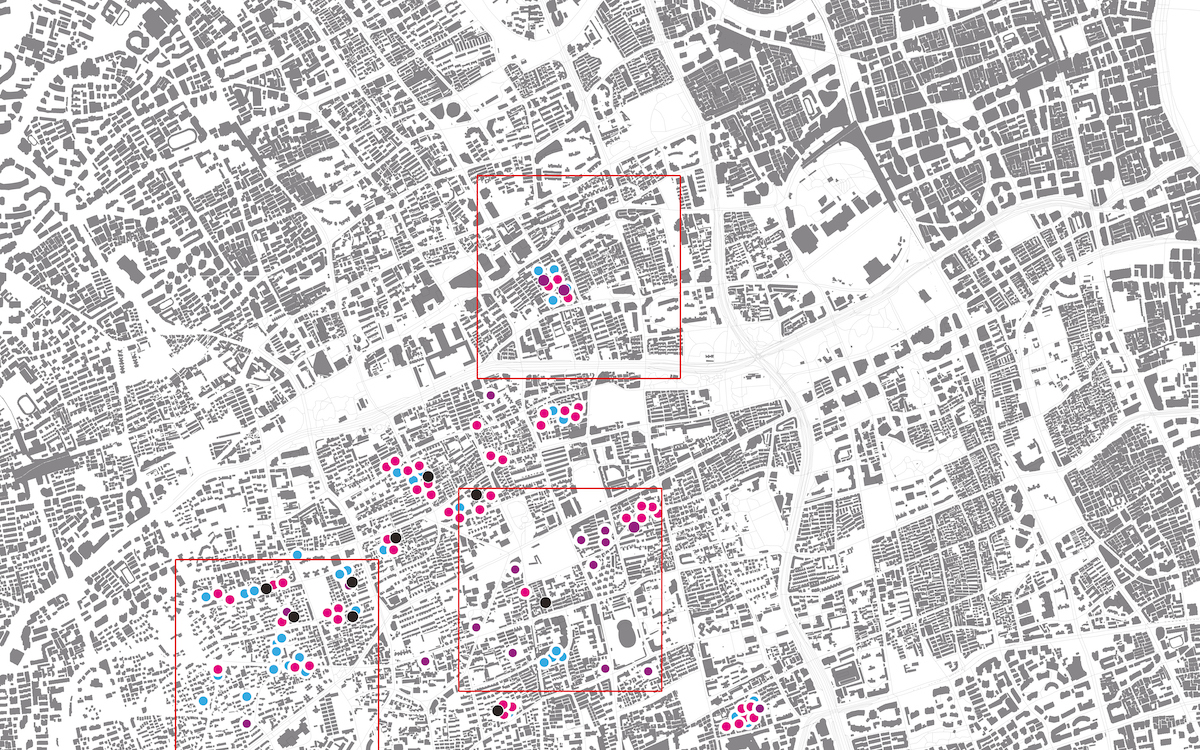
5. Can you discuss the choice of case studies and who is the book written for? Impact?
- shortage of existing books that critically examine the contemporary developments, but also not so recent ones, notably the legacies of those following Liberation
- take Paris, the number of books or rather the number of intellectuals observing, analyzing, and evaluating, from different perspectives and with differentpositions, the rapid changes that the city experienced under modernity exploded
- yet in the rapid developments of China today, hardly anyone remembers what has happened
- so this is a document for posterity
- but also a method of reflecting on the rapid change society undergoes
- as for impact or implementation, this book does not propose in this sense but in orderto go forward we must be able to see clearly how we got to the present
- happy to give advice for policy makers or “leaders” who have the agency to change
5. 在本书中你是如何选择研究案例的,它的目标读者和影响?
- 现有书籍缺乏对中国当代发展的审视性研究,尤其缺乏对1949年后的近期发展。
- 以巴黎为例,不知有多少的书籍或者说不知有多少知识分子从不同的角度和视角来观察,分析与评估城市在现代化阶段经历的快速转变。
- 但对于今天中国的快速发展,几乎没人记得发生了什么。
- 所以这是一个为后人准备的档案记录。
- 也是反映社会快速变化的一种方法。
- 至于产生影响或指导实践,这并不是本书的目的,但为了向前迈进,我们必须清楚地知道我们是如何走到今天的。
- 愿意为政治决策者或“领导”提供建议。


<Urban Loopholes>
– Creative Alliances for Spatial Production in Shanghai’s City Center
(2017,Birkhäuser, ISBN 978-3035611045)
新书发布会图片报道:
(摄影:梁睿哲)
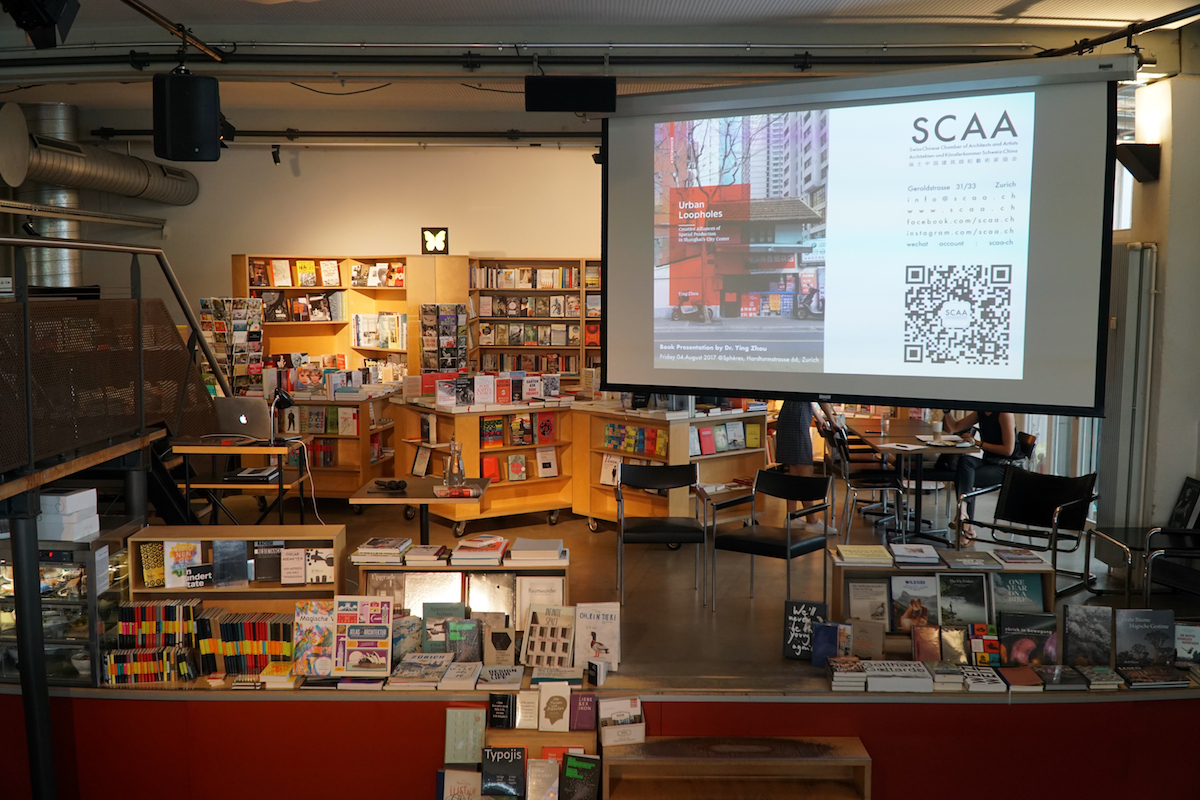


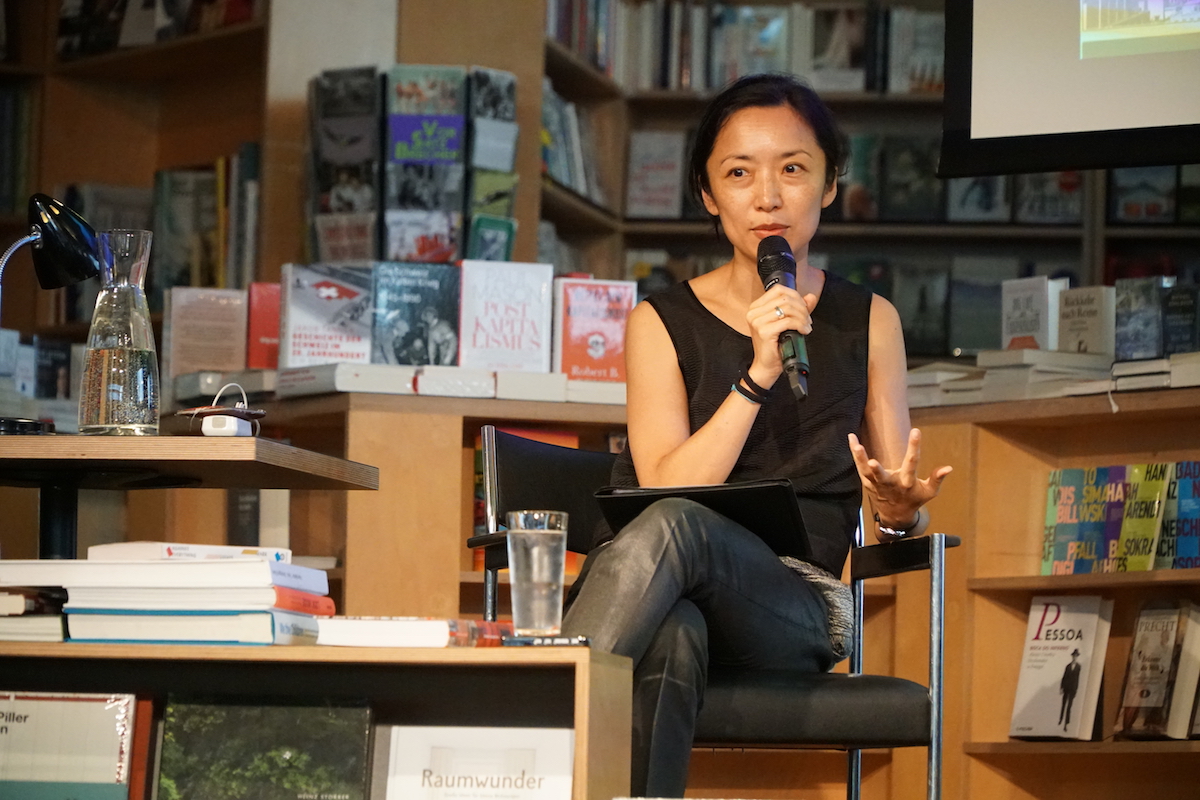
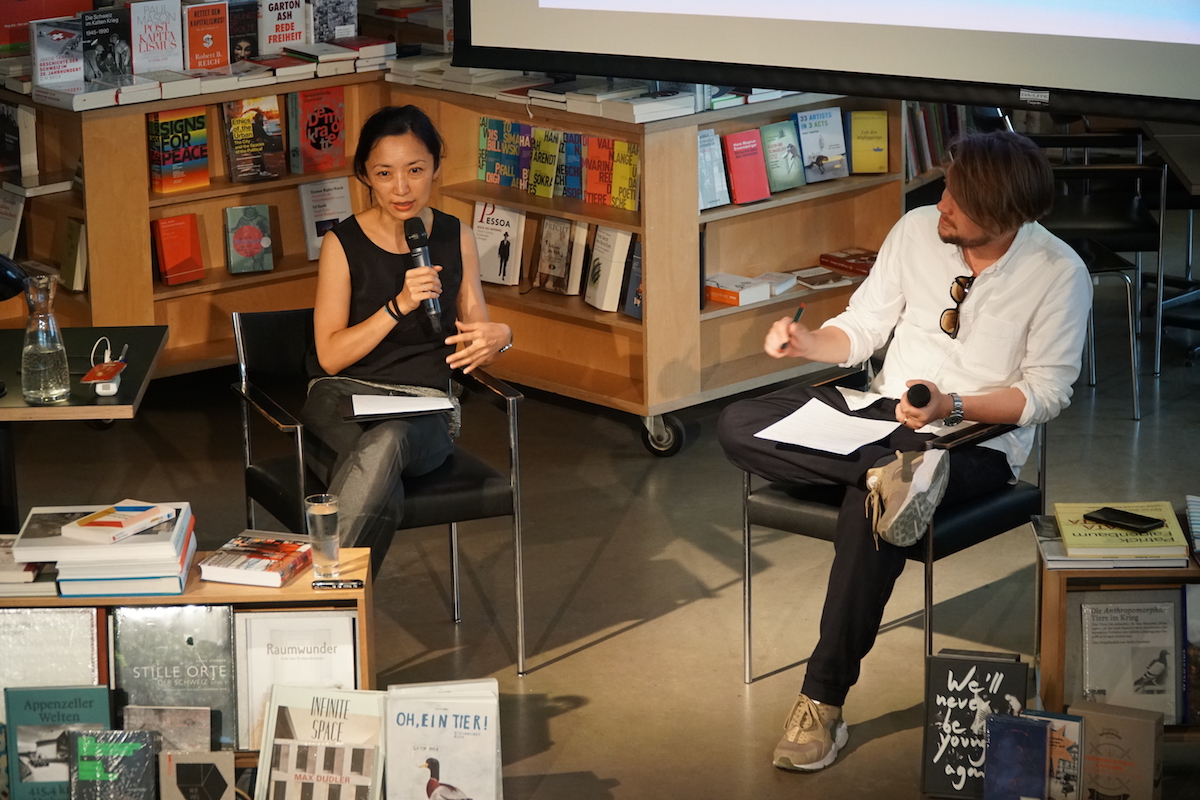

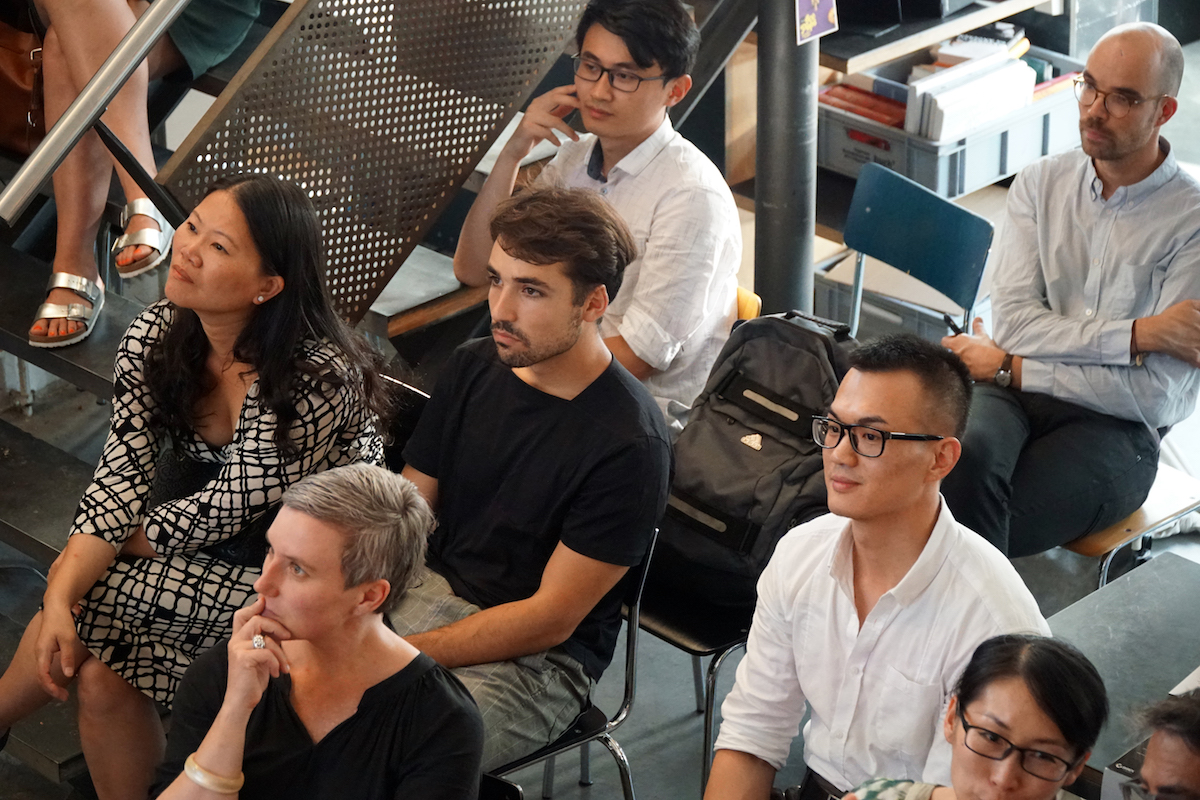
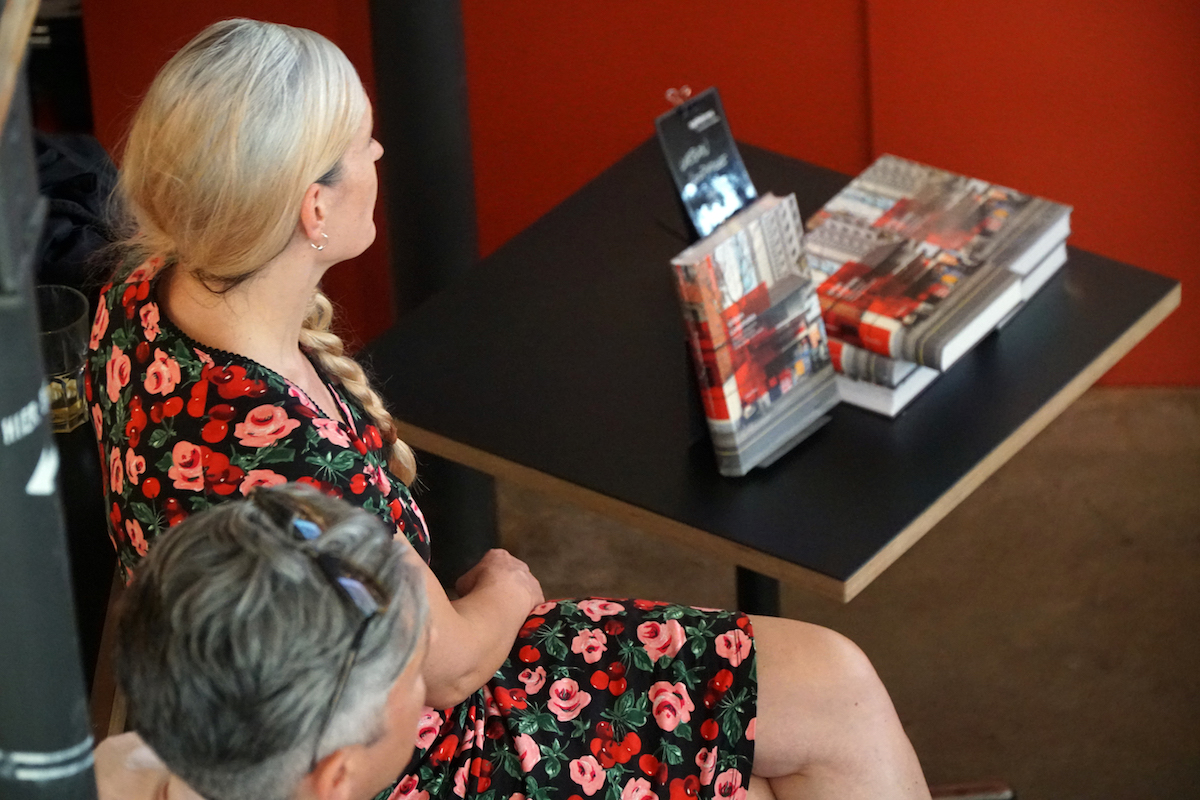
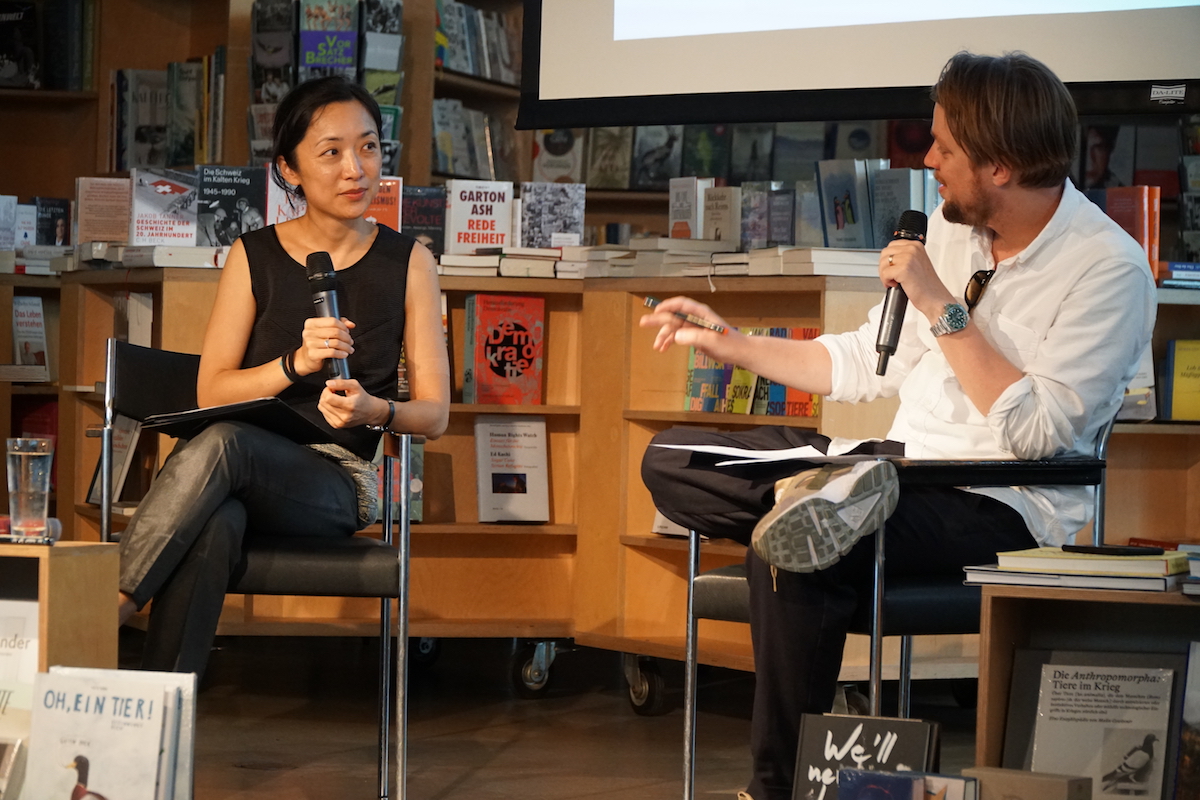
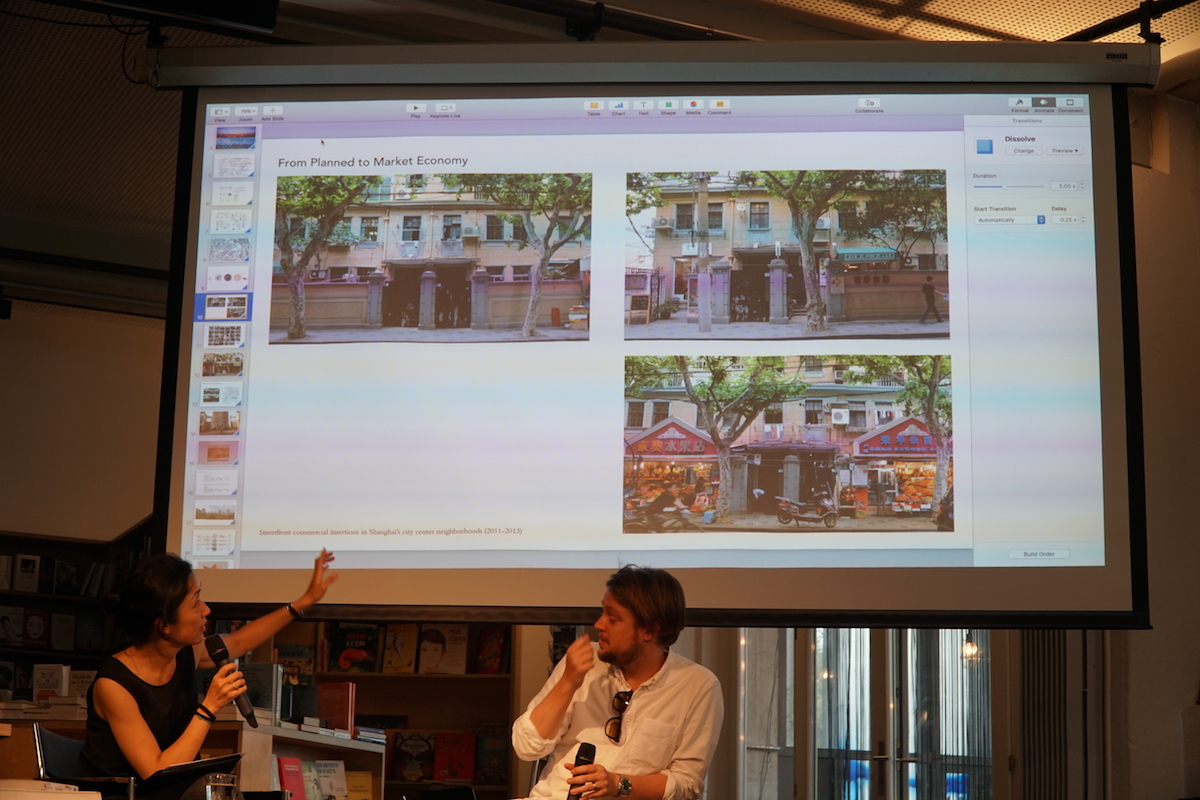
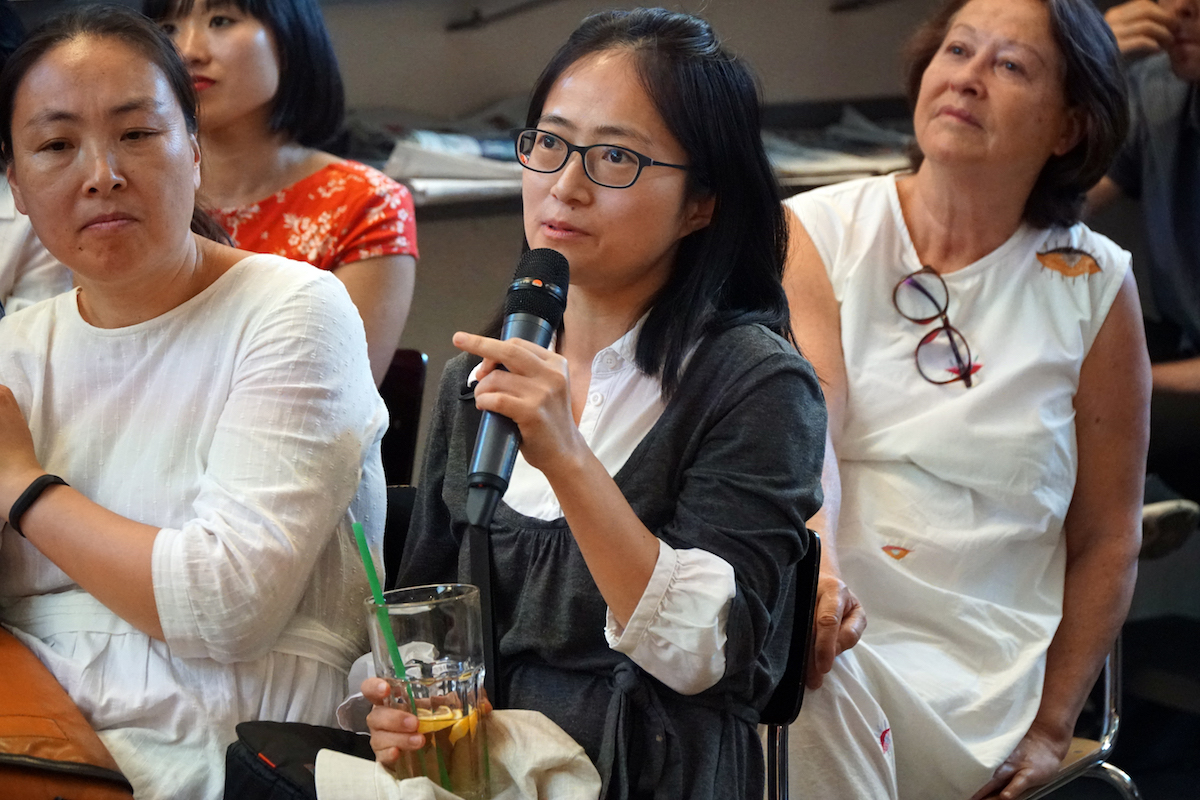


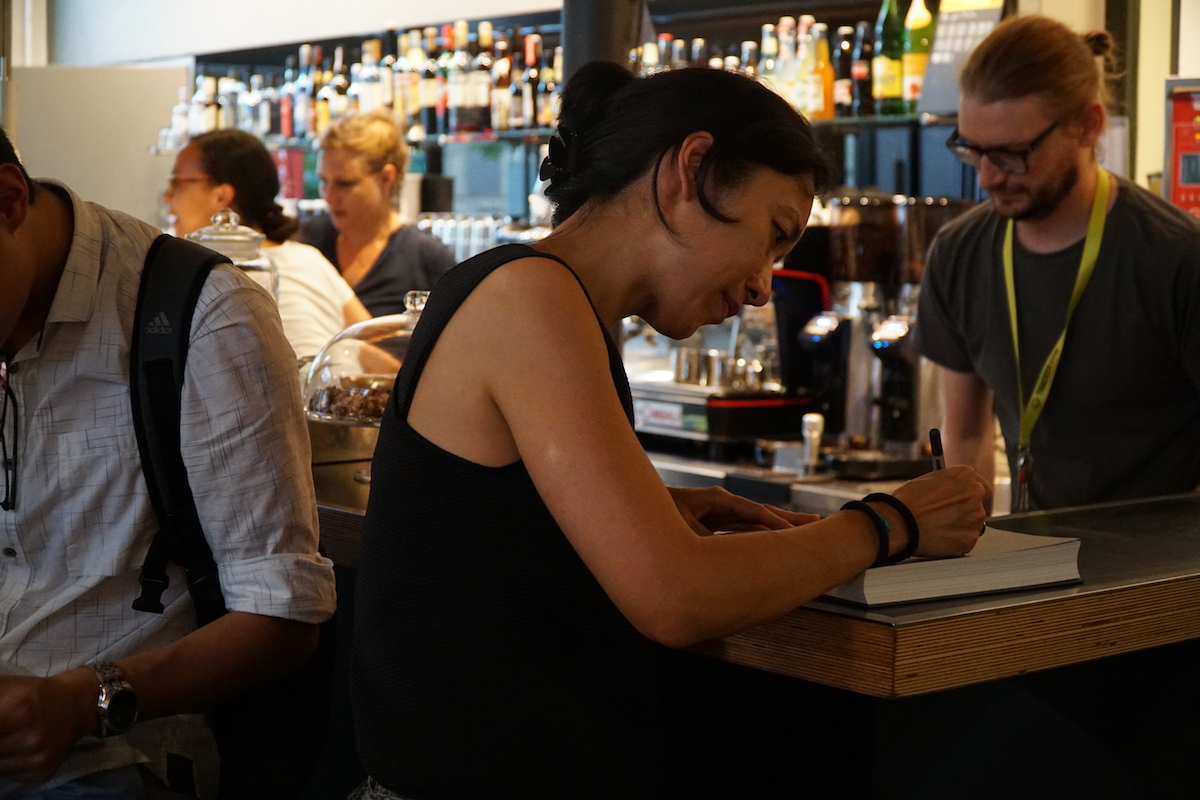
More photos: http://scaa.ch/2017/08/05/gallery-aug-2017-book-presentation-by-dr-ying-zhou/

